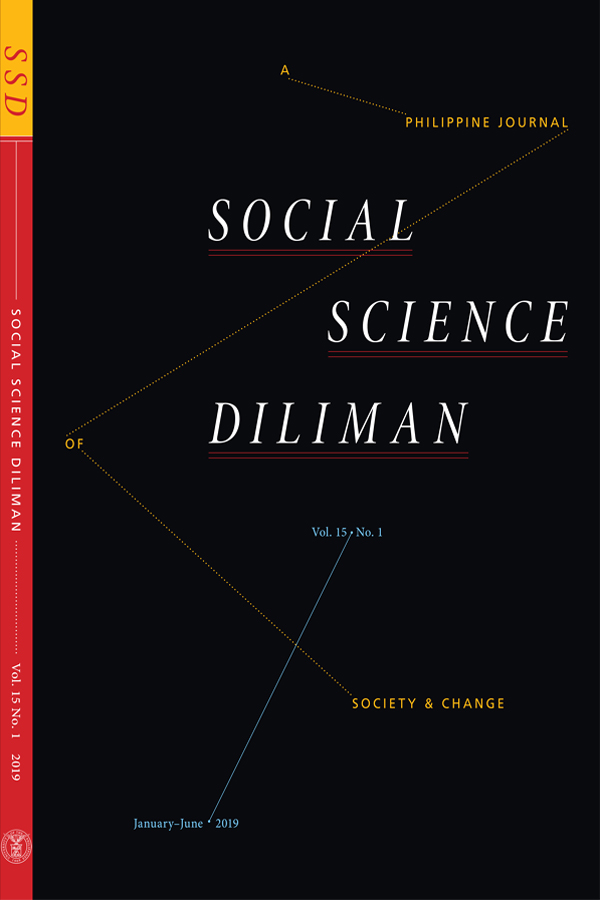The censuses of the Philippine islands: From ethnological inquiry to the formalization of racial categories in the American-occupied Philippines from 1903 to 1939
Abstract
The three censuses of the Philippine islands during the American occupation, enumerated in the years 1903, 1918, and 1939, comprise a dense and thorough documentation of the country’s land, resources, and population. The census data were obtained through cooperation between the ethnological components of the United States civil government in the Philippine Islands and the Census Bureau. The significance of these documents transcended administrative boundaries because each census represented a different epoch of American administration of the Philippines, each reflecting the changing priorities of the American administration and the degree of Filipino participation in governance. The censuses translated and formalized racial classification as well as provided insights into the subtle yet salient ways by which the colonial authorities understood the concept of race. This paper examines how the Bureau of non-Christian tribes, followed by the Anthropology department of the University of the Philippines, cooperated with the Census Bureau to produce various taxonomies of the population. More significantly, the institutional interactions in the American-occupied Philippines demonstrate the idiosyncrasies of a colonial administration, especially in terms of the contingent position of science (in general) and anthropology (in particular) in the construction and formalization of racial categories.


